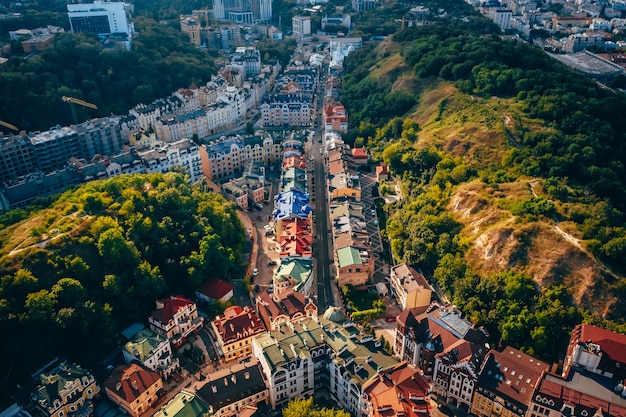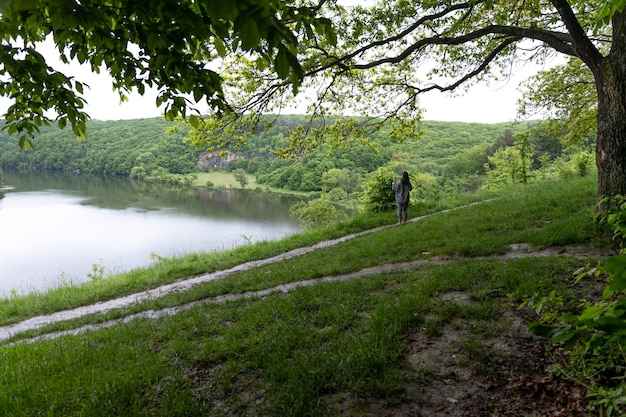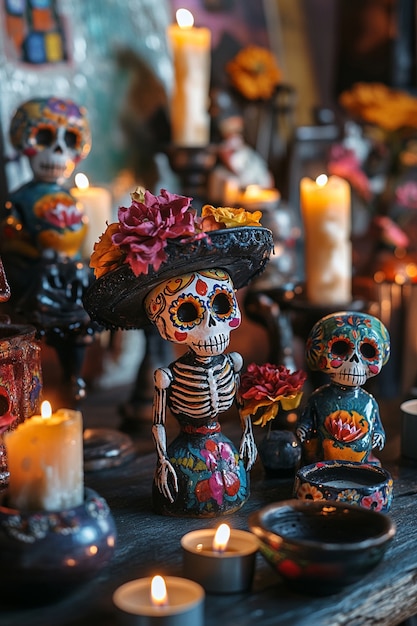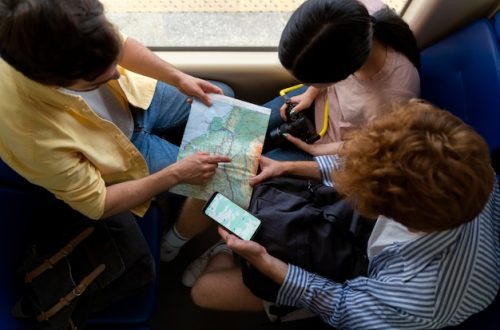
After spending four weeks in Turkey, we decided to mix things up and head further east to Georgia, one of the three Caucasus countries along with Armenia and Azerbaijan. Georgia’s history, marked by both joyous and turbulent times, has created a unique blend of influences from Turkey, Russia, Persia, Central Asia, and beyond. This diversity is evident in the architecture, people’s appearances, and the languages they speak.
In Georgia, people aged over 40 typically speak Georgian and Russian but not English. Those under 40 usually speak Georgian and English. This language divide is a remnant of Georgia’s time as part of the USSR in the 1920s during Stalin’s rule when Russian was widely spoken and passed down through generations. Despite its tumultuous past, we had the chance to experience Tbilisi as it stands today—a vibrant crossroads of Eurasian cultures, featuring lively nightlife, excellent restaurants, and a mix of stunning old and new architecture.
We only had a few days to explore since we needed to return to Western Turkey to visit Istanbul before our flight on July 10th. Although Georgia isn’t a common destination for backpackers, we spent six nights in Tbilisi and fell in love with the city. It’s definitely one of our favorite major cities we’ve visited.
Every day, we wandered through Tbilisi, enjoying its many sights. The city buzzes with life, with cafes and bars lining the sidewalks. Celebrating my birthday there was a treat—instead of the usual tea and kebabs, I enjoyed beer, wine, and delicious Georgian cuisine. The food in Georgia tends to be quite rich; Nick tried a traditional dish featuring a canoe-shaped dough filled with cheese, topped with an egg and a generous amount of butter, then baked. I went for spicy meat dumplings and salad.
We also went wine tasting on my birthday. At one wine store, we found a large table full of open bottles of red and white wine. The owner let us sample as many wines as we wanted, with Georgian wine tastings being more like full glasses. Needless to say, we left quite tipsy but happy, without buying a bottle—perfect for budget-conscious travelers like us.
Tbilisi is dotted with numerous churches and cathedrals, and we visited most of them. We also hiked to a fort area overlooking the city and admired the towering “Mother Georgia” statue beside it. One of the city’s most striking sights was a modern bridge connecting both sides of the river.
However, the true charm of Tbilisi lies in its narrow alleyways and backstreets, where locals go about their daily lives. We spent hours walking, often getting lost, but always enjoying ourselves.
After an incredible five days in Tbilisi, we decided to dive into yet another culture. Eager to explore beyond the usual tourist paths, we hopped on a bus and headed to Armenia, another neighboring country.




